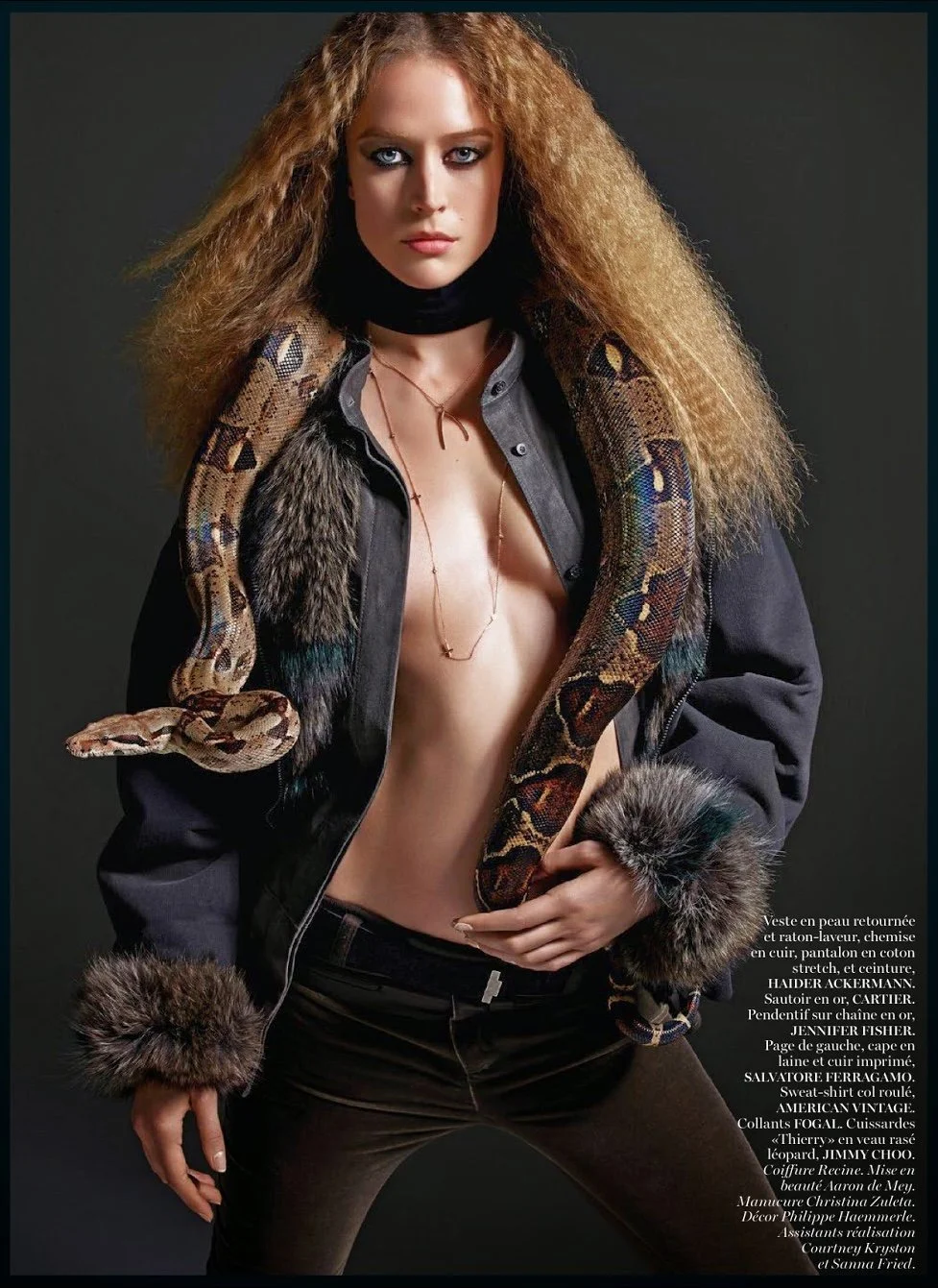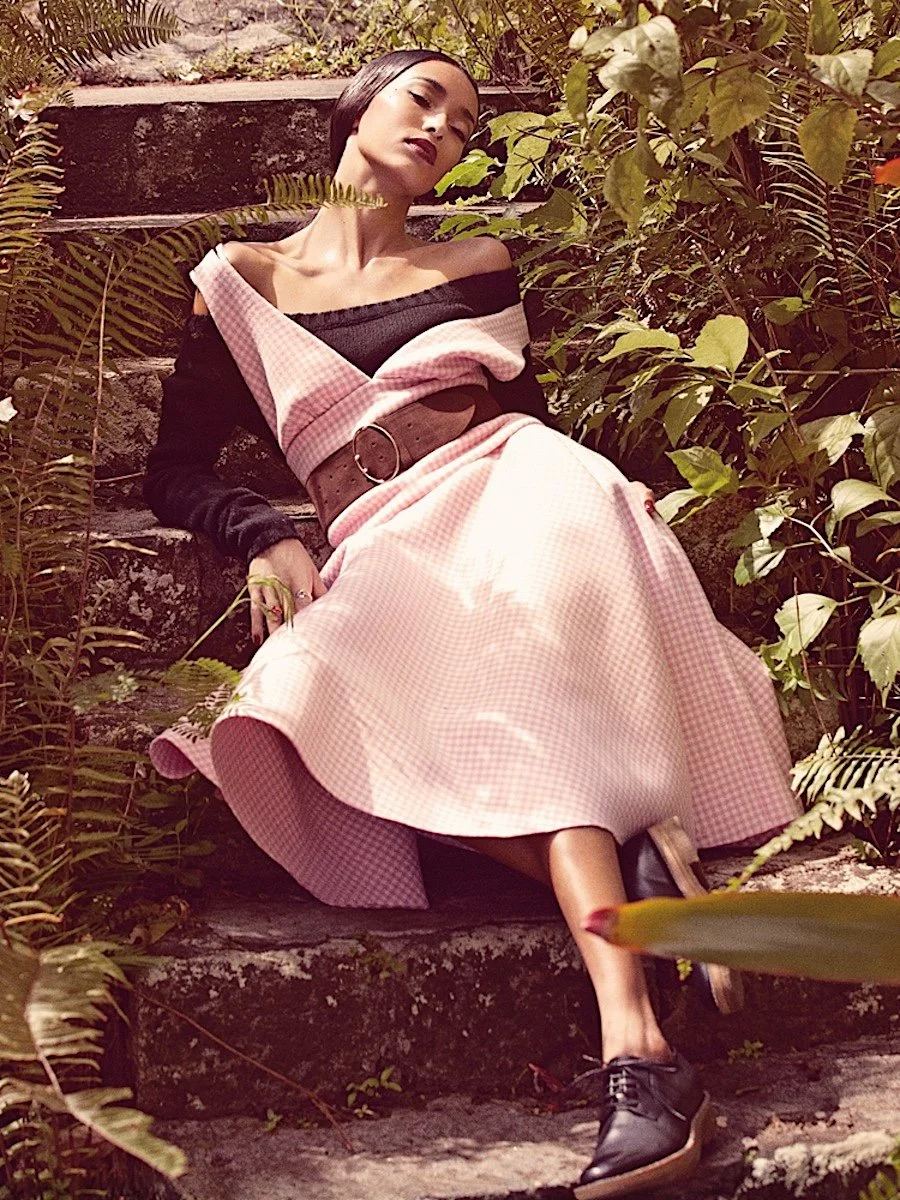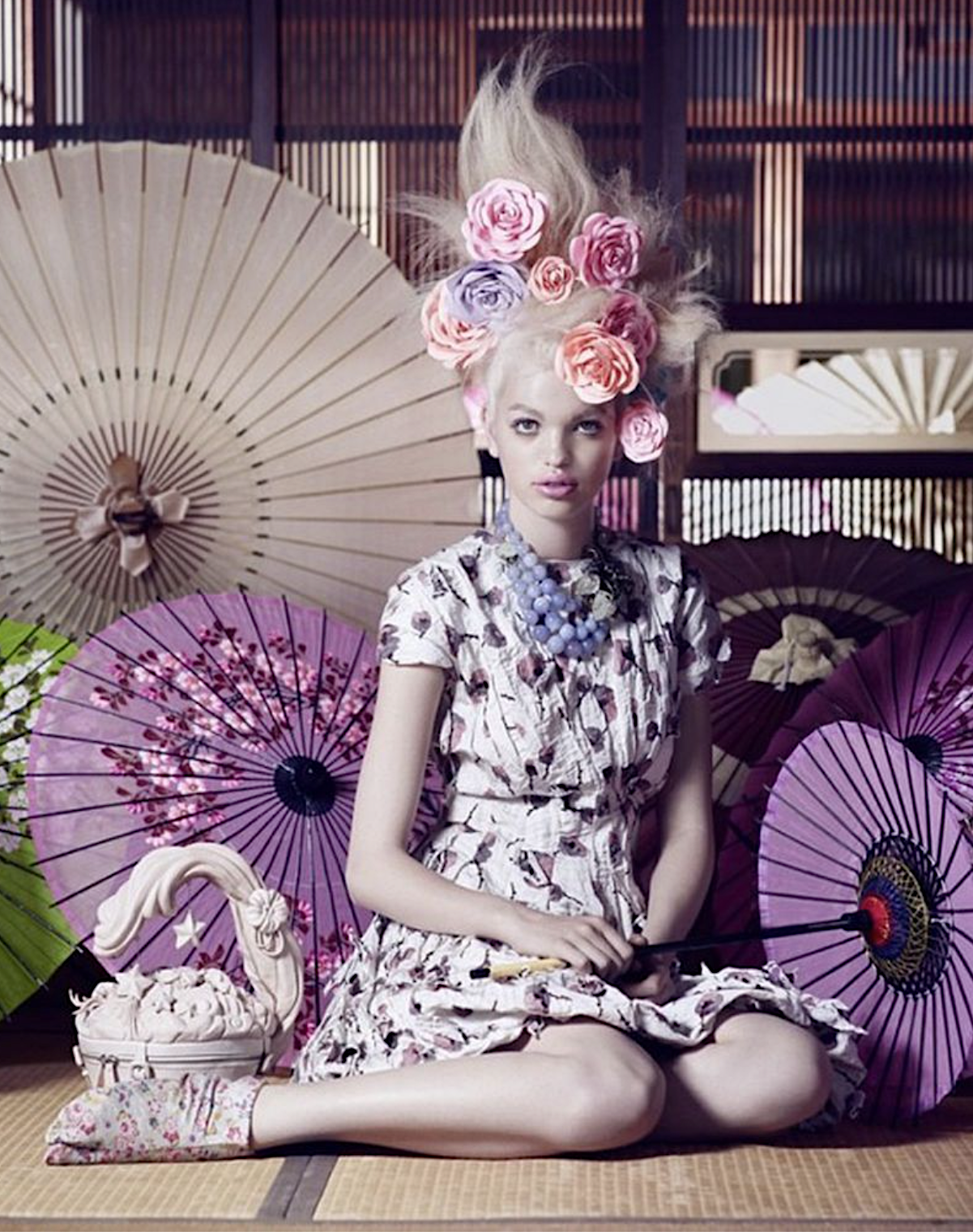The Evolution of the Medieval Witch – and Why She’s Usually a Woman
/The Evolution of the Medieval Witch – and Why She’s Usually a Woman
By Jennifer Farrell, Lecturer in Medieval History, University of Exeter. First published on The Conversation.
Flying through the skies on a broomstick, the popular image of a witch is as a predominantly female figure – so much so that the costume has become the go-to Halloween outfit for women and girls alike. But where did this gendered stereotype come from? Part of the answer comes from medieval attitudes towards magic, and the particular behaviours attributed to men and women within the “crime” of witchcraft.
Taking one aspect of the witch’s characterisation in popular culture – her association with flight – we can see a transformation in attitudes between the early and later Middle Ages. In the 11th century, Bishop Burchard of Worms said of certain sinful beliefs:
Some wicked women, turning back to Satan and seduced by the illusions and phantasms of demons, believe [that] in the night hours they ride on certain animals with the pagan goddess Diana and a countless multitude of women, and they cross a great span of the world in the stillness of the dead of night.
According to Burchard, these women were actually asleep, but were held captive by the devil, who deceived their minds in dreams. He also believed that none but the very “stupid and dim-witted” could think that these flights had actually taken place.





